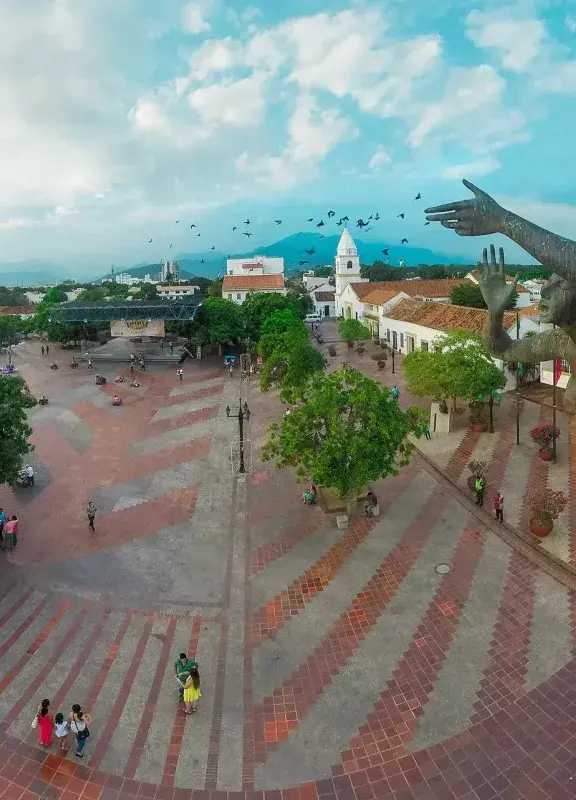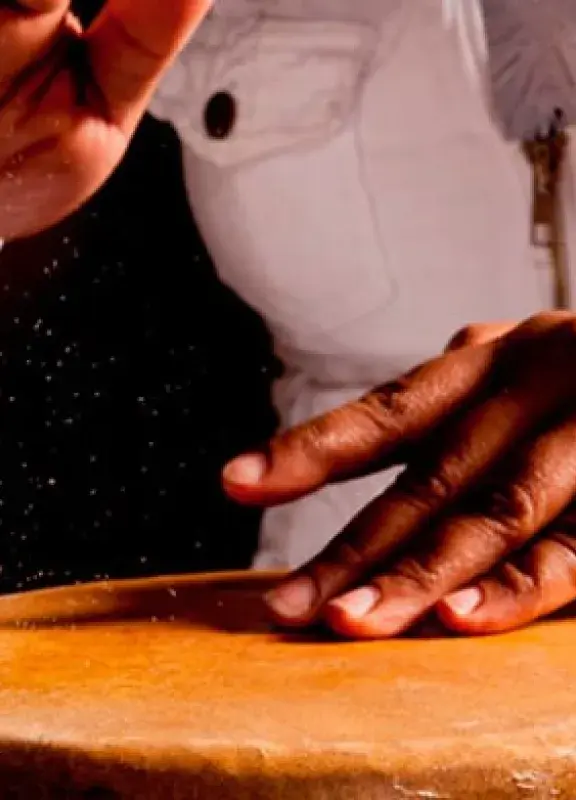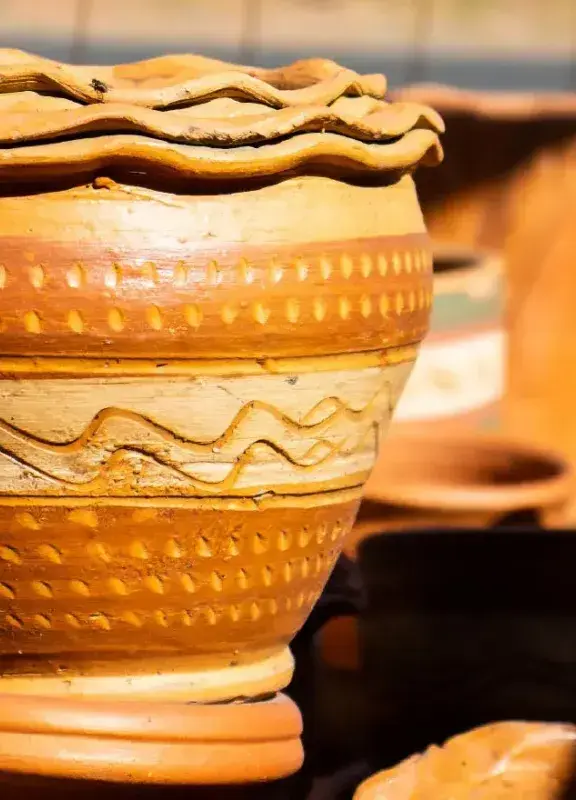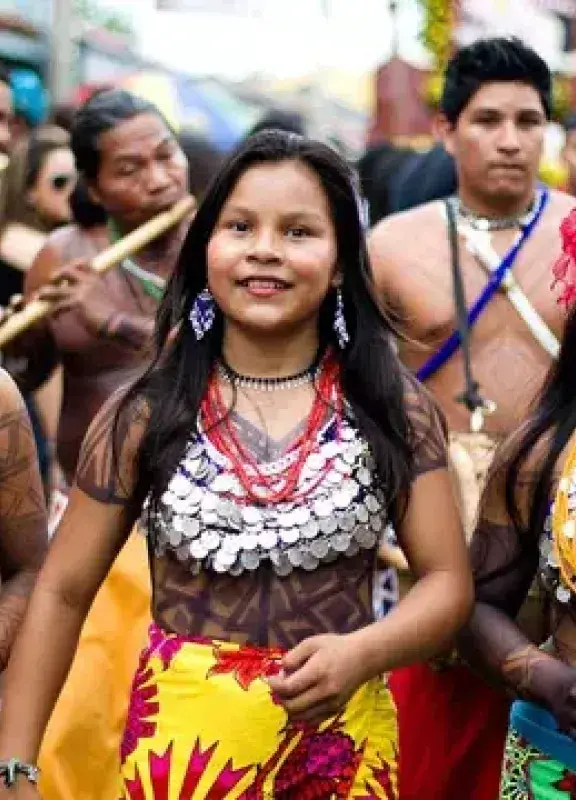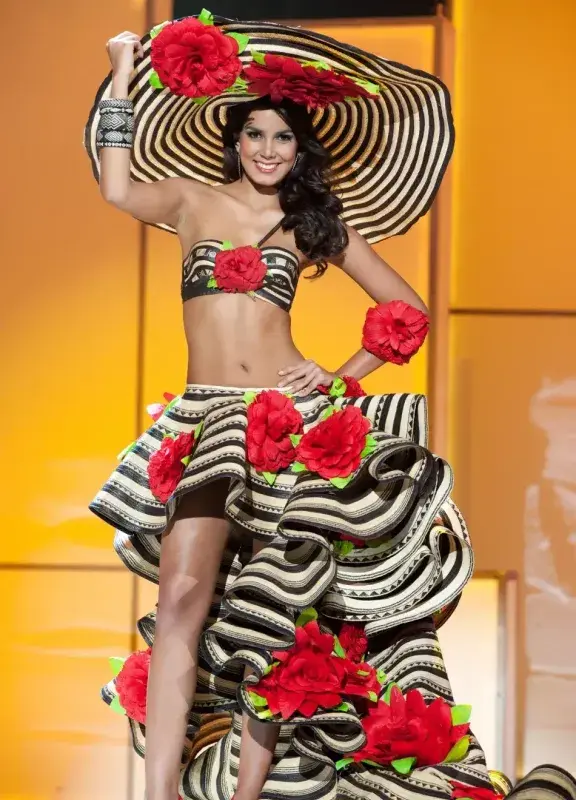The Sound of Music: Traditional Colombian instruments
Colombia is often referred to as a dozen countries in one and nowhere is that more obvious than in the diverse nature of its traditional music.
In Colombia, the different regions and their inhabitants share the same language: music. It is vast, with diverse rhythms, a wide variety of musical instruments, and different ways of playing them. Bambuco, Currulao, and Vallenato are clear examples of rhythms that represent this. Just like dance and gastronomy, music has been another of the manifestations of Colombian identity and cultural roots that form part of history. Moreover, each region has musical characteristics inherited from Africans, Indigenous peoples, Spaniards, and the rhythmic fusions that emerged among them.
Musical Instruments of the Andean Region
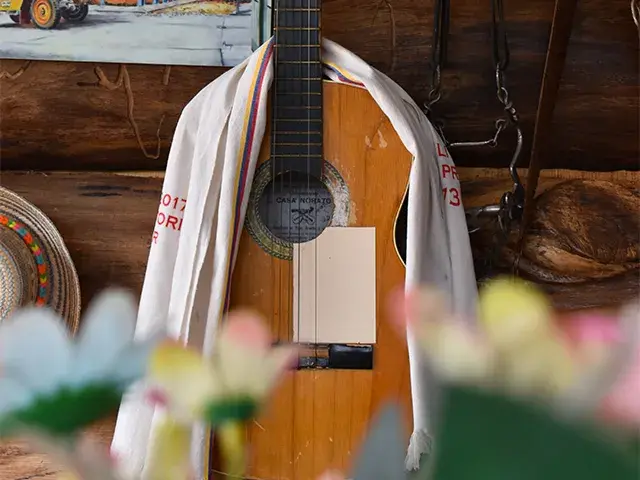
Rhythms: Bambuco and Pasillo
Tiple
It is considered one of Colombia’s national musical instruments. It belongs to the string family and differs from others by the arrangement of its strings: twelve metal strings distributed in four groups of three; this allows each to be tuned to a different tone. It has been known since the 19th century and its origin comes from the evolution of a Spanish instrument (the vihuela), brought to Colombia during the time of the conquest.
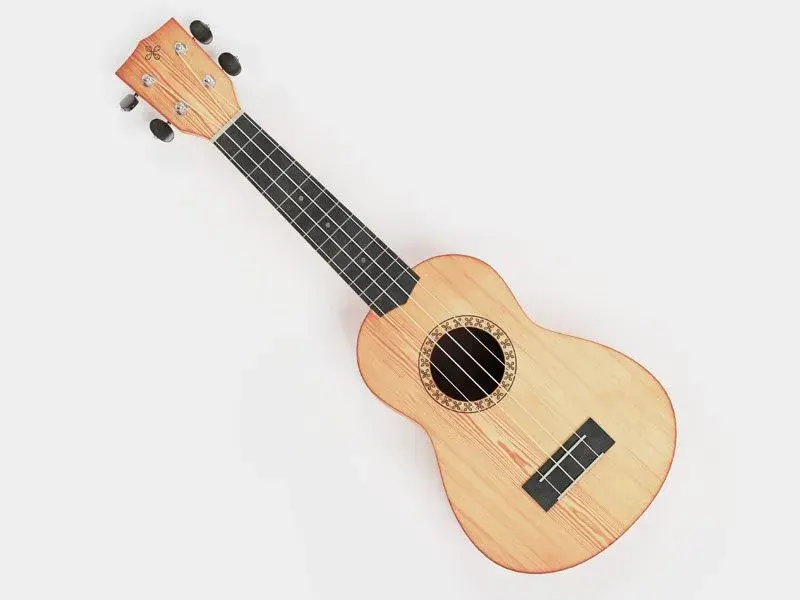
Bandola
This is the instrument that carries the melody in the traditional rhythms of this region. It is generally accompanied by the tiple and the guitar, thus forming the traditional Andean music trio. The bandola has ancestors from Europe and Asia but has been transformed by Colombian culture and is now part of the instruments that belong to our music and traditions.
Puerca
This percussion instrument is quite particular since it is made from a totumo (gourd), animal hide, and a stick. It is also known as “marrana” or friction drum due to the sound it produces and the way it is played. It originates from the department of Huila and is used in the traditional rhythms of the region.
Musical Instruments of the Caribbean Region
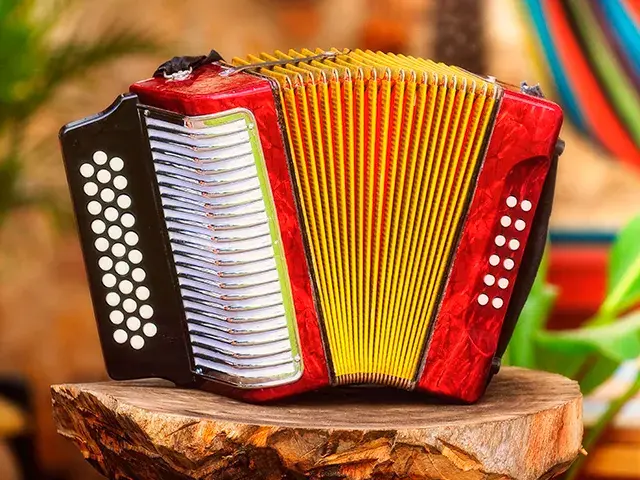
Rhythms: Cumbia and Vallenato
Gaita
This flute-like instrument comes from the Colombian Caribbean Coast and is of Indigenous origin. There are different types of gaitas ranging from two to six holes, which can be blocked with wax to create different types of sounds (melodic or rhythmic). The earliest known use of this wind instrument was by Indigenous inhabitants of the Sierra Nevada de Santa Marta.
Accordion
The accordion is known in many countries around the world, as it is one of the base instruments in various musical genres. It consists of a bellows, a keyboard, and two wooden boxes. In Colombia, it is closely associated with fairs and festivals, but above all with an important genre of Colombian culture: Vallenato. Thanks to its cheerful melodies and its connection with this genre, it can be played by both soloists and groups.
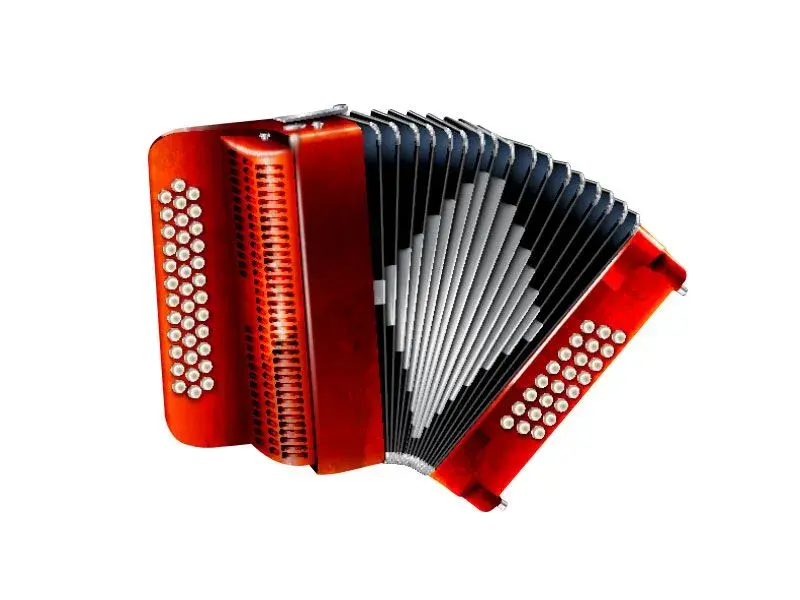
Guacharaca
These instruments, made from cane or tin, are mainly used in Vallenato along with the caja and the accordion. It is composed of two parts: the corrugated guacharaca and the scraper made of wood and wire, which is used to play the instrument. It was invented by the Indigenous peoples of the Sierra Nevada de Santa Marta and began to be used more frequently after colonization.
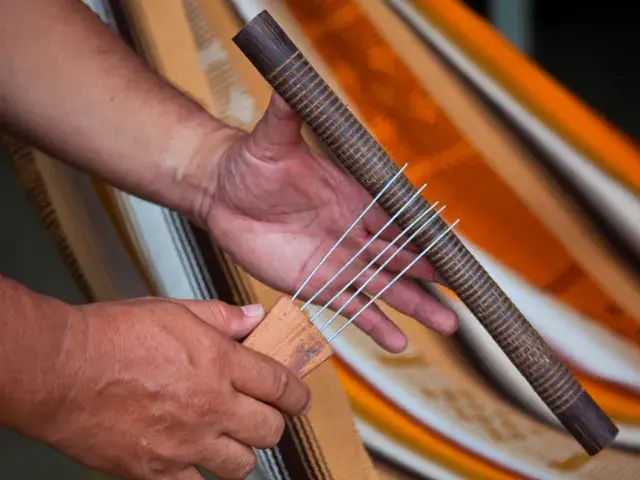
Photo: Panorama Cultural
Musical Instruments of the Pacific Region
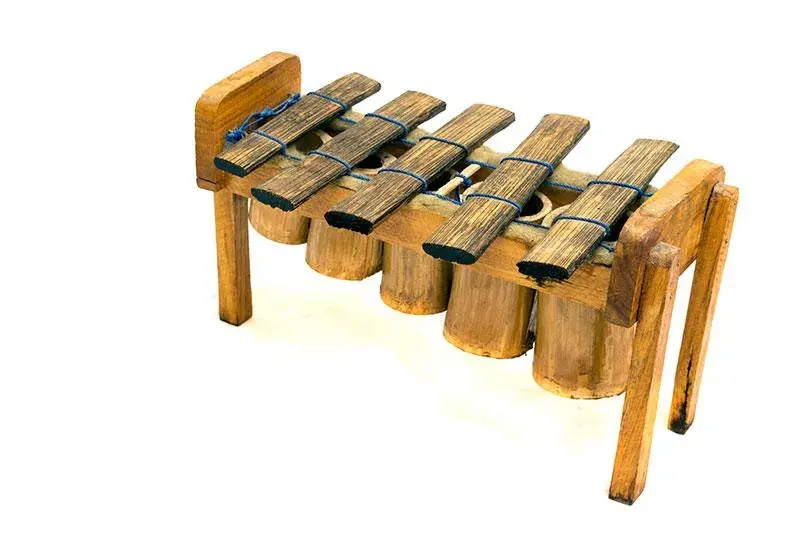
Rhythms: Currulao and Bundé
Marimba
The marimba is a percussion instrument similar to the xylophone. It is made up of wooden bars of different sizes—arranged from largest to smallest—that are struck with mallets to produce musical notes. Its origin has two theories: one is that it was brought to the Americas by enslaved Africans, and the other is that it was created by the Mayan community.
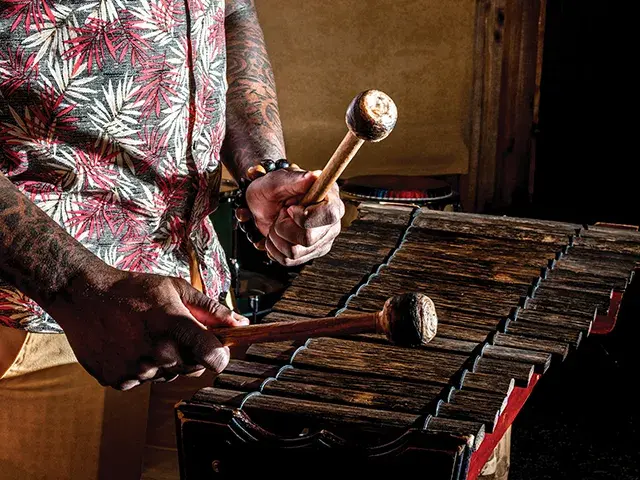
Cununo
This percussion instrument, part of Colombian musical instruments, has a conical shape similar to a drum and comes in two types depending on size: male or female. It has a deep, booming sound and is usually played alongside the marimba, the bombo, and the guasá; thus participating in traditional Pacific rhythms with African heritage.
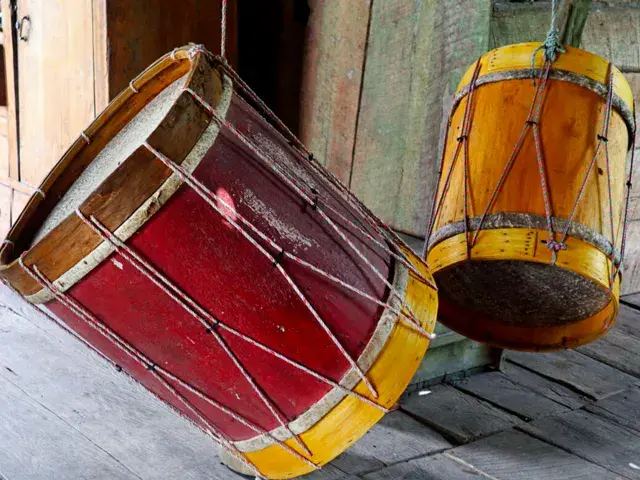
Photo: Corpografias.com
Bombo
The bombo is a percussion instrument with a very deep sound, which allows it to mark the pulse of different musical rhythms. It is made of wood, rope, and hide, and can be played with a padded or unpadded stick. It is considered the leader in the music of the Pacific, as it provides the rhythmic foundation of the sounds.
Musical Instruments of the Orinoquía Region
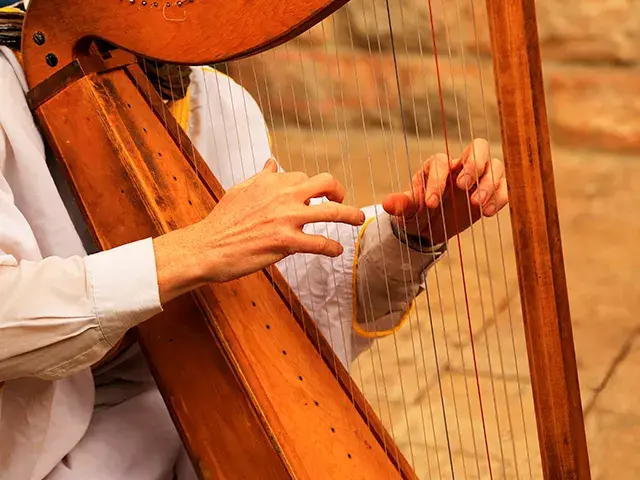
Rhythms: Joropo and Pasaje
Harp
The harp is one of the typical instruments of the Orinoquía and is very special since its origin dates back to 3,000 BC in Asia, Africa, and Europe. It generally has 30 to 34 strings arranged by thickness, although an older model has 47 strings. Although it fell out of use for about 150 years, the Eastern Plains of Colombia adopted it and made it an important part of traditional Colombian music.
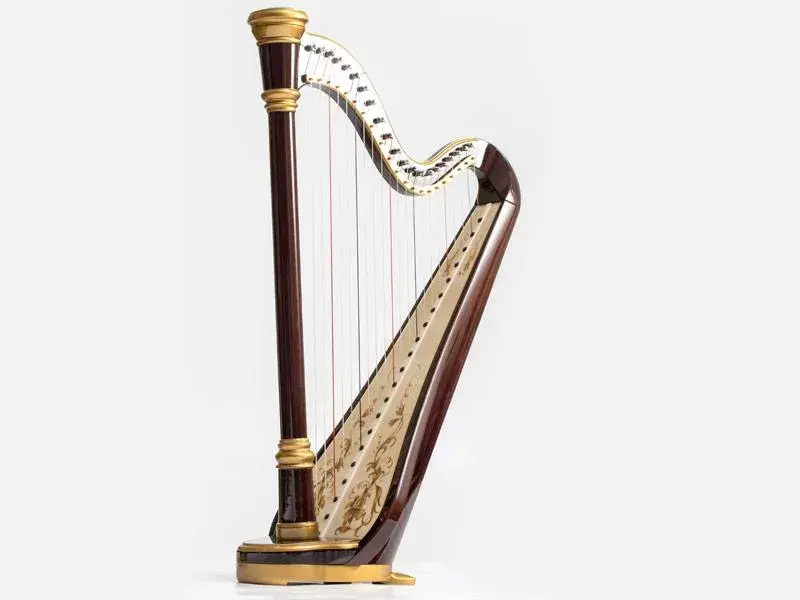
Capachos
The Llanero capachos are a type of maracas that are not entirely spherical and have a filling of seeds inside, which produces their sound. The performer must play them standing, holding one in each hand, and making different arm and wrist movements. These instruments are simple but very important for Colombian music, as they are mainly used in this region but also across the country.
Cuatro
The cuatro is similar to a guitar and is named after its four strings. It is both a rhythm and harmony instrument, played with strong and soft sounds and various ornamentations. There is evidence that in the 19th century, similar instruments were used by Indigenous peoples and mestizos, but they have evolved and changed over the years. Colombian musical instruments are a clear representation of the history, customs, and traditions of the country. Discover everything Colombia has to offer through its different instruments and musical genres.
 Welcome, you are in
Welcome, you are in 







